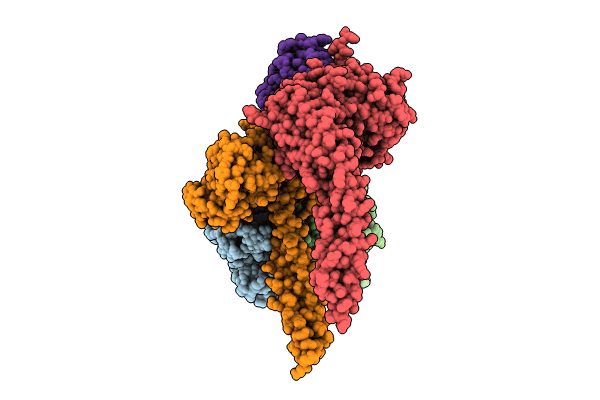
Deposition Date
2023-06-22
Release Date
2023-11-15
Last Version Date
2023-11-15
Entry Detail
Biological Source:
Source Organism:
Saccharomyces cerevisiae W303 (Taxon ID: 580240)
Host Organism:
Method Details:
Experimental Method:
Resolution:
4.80 Å
Aggregation State:
PARTICLE
Reconstruction Method:
SINGLE PARTICLE


